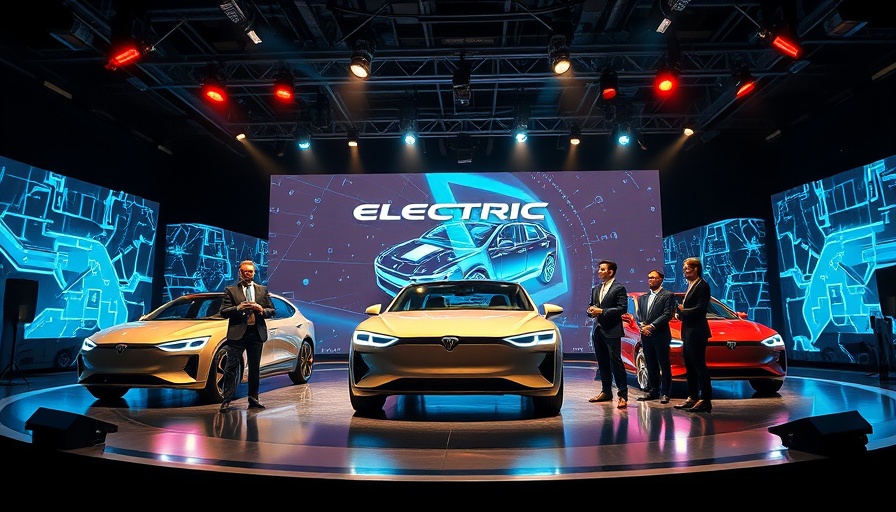
Proton’s EV Launch: A New Era for Malaysian Automotive Supply Chains
Last December, the launch of Proton's e.Mas 7 marked a significant milestone in Malaysia's journey towards sustainable transportation. As the nation introduces its first electric vehicle (EV), this move is both a leap into the future of automotive innovation and a pivotal turning point for local supply chains. Priced between RM105,800 (US$23,950) and RM119,800 (US$27,120), the car's cost is substantially higher than the country’s popular internal combustion engine (ICE) vehicle, the Perodua Bezza, which sold for just under RM50,000. This price differential raises questions about market accessibility and the potential impact on traditional automotive supply chains.
Catalyzing Local Component Production
Proton’s ambition to develop local supply chains for electric vehicle components represents an opportunity for Malaysia. However, the transition to EV also poses challenges. Traditional automotive supply chains centered around ICE vehicles do not align seamlessly with the complexities of EV production. EVs utilize fewer mechanical parts but demand advanced components such as sophisticated batteries and semiconductors. To bring about these new supply chains, Proton has organized business matchmaking events between local suppliers and its partner Geely's EV component manufacturers, highlighting a need for innovative collaboration.
Factors Influencing Supply Chain Transition
The growth of local EV component suppliers hinges significantly on the market's evolution. As Proton’s e.Mas 7 gains traction, local producers will require substantial investment and technology partnerships to meet the necessary production standards. Moreover, Proton plans to import various components initially as Fully Built Units (CBU) until a new manufacturing plant in Tanjung Malim becomes operational, which indicates a reliance on external sourcing during the early transition phase. Hybrid engagements with overseas partners could facilitate a smoother transition to locally sourced production.
Rethinking Traditional Supply Chains
The shift to EVs will inevitably disrupt existing component suppliers tied to conventional ICE vehicles. Without immediate adaptation, suppliers of exhaust, transmission, and fuel systems may face obsolescence. This dilemma also implies that as the demand for EVs rises, the only way to support legacy suppliers will be through strategic reinvention. Recognizing this reality is essential for sustainability in the automotive sector, which will likely continue to balance ICE and EV models amid shifting consumer preferences.
The Role of Export Market Demand
To ensure the sustainability of new local supply chains, export potential must also be prioritized. Malaysia's domestic automotive market is relatively small, making export opportunities critical for economies of scale. Proton has ambitions to export e.Mas 7 to countries like Mauritius, Nepal, and Trinidad and Tobago. The successful integration of these export strategies will not only validate Proton's investment but bolster Malaysia’s position as a competitive player in the global EV landscape.
Government Impact and Future Prospects
Government support remains pivotal in this transition. With temporary duty exemptions for locally assembled EVs and incentives for ownership like rebates and complimentary home chargers, the measures taken by the Malaysian government signal a commitment to creating an ecosystem conducive to EV adoption. Looking ahead, as Malaysia strengthens its EV infrastructure—such as charging stations and consumer education—demand for electric vehicles is expected to rise, making the transition of supply chains all the more necessary.
Conclusion: Embracing the Future Responsibly
The debut of Proton’s e.Mas 7 and the development of local EV supply chains can catalyze Malaysia's journey toward sustainable transportation. However, to see this transition succeed, both existing and new suppliers must adapt, innovate, and collaborate. The old supply chains may still have a role to play, but the future will necessitate a shift towards sustainable practices that prioritize environmental impact, economic viability, and community resilience. As we embrace this new era in transportation, we must remain vigilant advocates for eco-friendly practices and sustainable development.
 Add Row
Add Row  Add
Add 



Write A Comment